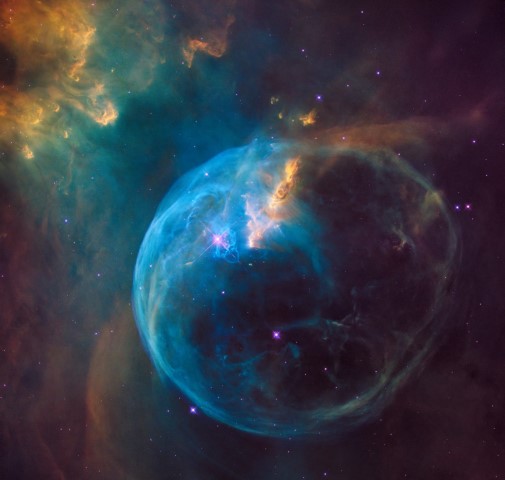vedic astrology is a fascinating ancient practice that has guided individuals for centuries. One of the essential components of this astrological system is the concept of nakshatras, which are the lunar mansions. These nakshatras play a significant role in determining one’s personality traits, compatibility with others, and even predicting future events.
In Vedic astrology, the movement of the Moon is divided into 27 equal parts, known as nakshatras. Each nakshatra occupies a specific segment of the celestial sphere and is associated with a particular energy or deity. The nakshatras serve as a map of the zodiac, providing unique insights into an individual’s character based on the position of the Moon at the time of their birth.
The 27 nakshatras are divided into groups of nine, which correspond to the three gunas (modes of nature) in Hindu philosophy: tamas, rajas, and sattva. These gunas represent different qualities and characteristics that influence how a person interacts with the world and themselves.
The tamas group, consisting of the first nine nakshatras, is associated with inertia, darkness, and materialism. Individuals born under these nakshatras may exhibit traits such as stubbornness, laziness, and attachment to material possessions. Examples of nakshatras in this group include Ashwini, Krittika, and Mrigashira.
The rajas group, comprising the next nine nakshatras, is associated with passion, action, and restlessness. People born under these nakshatras may exhibit traits such as ambition, competitiveness, and a desire for achievement. Notable nakshatras in this group include Punarvasu, Magha, and Vishakha.
The sattva group, consisting of the final nine nakshatras, is associated with harmony, purity, and spiritual growth. Individuals born under these nakshatras may exhibit traits such as compassion, wisdom, and a deep connection to spirituality. Nakshatras in this group include Uttarashada, Purva Bhadrapada, and Revati.
Understanding the nakshatras provides valuable insights into an individual’s compatibility with others. Certain nakshatras are said to be more compatible with each other based on shared characteristics or harmonious energies. Astrologers often consider these factors when evaluating compatibility in relationships, both personal and professional.
Furthermore, the nakshatras can provide insights into an individual’s future events and life path. Studying the movements of the Moon through the nakshatras helps astrologers make predictions about important events or periods of transformation in a person’s life.
In conclusion, Vedic astrology offers a unique and intricate system for understanding and interpreting the lunar mansions or nakshatras. These celestial segments play a vital role in predicting an individual’s destiny, determining personality traits, and assessing compatibility with others. By delving into the depths of Vedic astrology and exploring the nakshatras, one can gain valuable insights into their own life journey and make informed decisions based on the knowledge provided by this ancient practice.
Publisher Details:
In the Bow of Indra
https://www.danslarcdindra.com/
Vedic Astrology services, Jyotish blog,














